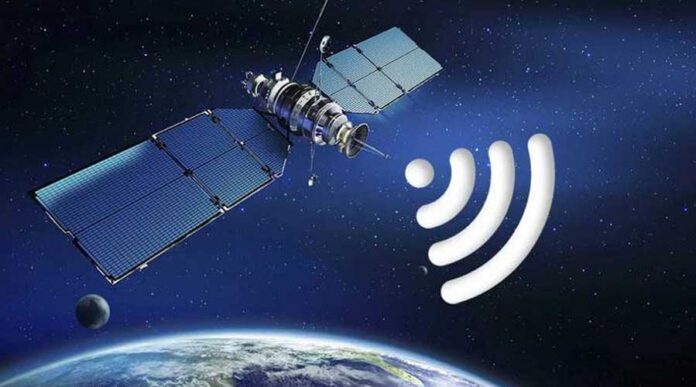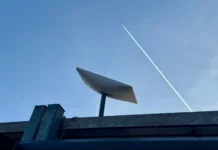Military expert in radio technology Serhiy Beskrestnov “Flesh” tells about electronic warfare in the world of satellite communications.
Satellites by type of orbit
Satellites are globally divided into two parts. Some “hang” in a geostationary orbit at an altitude of 36,000 km and rotate with the Earth, so for us they always “hang” at the same point. A well-known example is television satellites.
The second type of satellite has a low orbit, so these satellites are always “flying” across the sky. Some are faster, some are slower, but they are always in motion. These include GPS, Iridium, Globalstar, and SpaceX satellites.
“It immediately becomes clear that it is more difficult to suppress flying satellites with electronic warfare, because they need to be constantly accompanied by a beam with an obstacle. If there are 2 of them, then there are no problems with suppression, if there are 10, then it is also quite possible,” notes Flesh.
According to him, with Starlink from SpaceX, the Russians have reached a dead end, because there are many hundreds of satellites and all of them are in motion. They either need to install several hundred “dishes” that will constantly track and guide all the satellites across the sky, or create panel multipath antennas based on phased array elements, which looks much more modern but is no less difficult to implement.

The principle of operation of satellite electronic warfare systems
Absolutely all telecommunications satellites work in the same way. Some signals are received from the Earth on the satellite, while others are transmitted down. In the case of TV, signals are received from the studio and transmitted to the viewers. In the case of communications or the Internet, signals from subscribers are sent to the satellite and a response is also sent down to these subscribers from the satellite.
“The receiving and transmitting frequencies are different. For example, in the Ka band, 17.7 GHz – 20.2 GHz is received, 27.5 GHz – 30.0 GHz is transmitted, and in the KHz band, 12.75 GHz – 14.5 GHz is transmitted, 10.7 GHz – 12.75 GHz is received,” the expert writes.
Veen points out that if a satellite is receiving something from the Earth, it can be prevented from doing so. To do this, you need to know the frequency at which the satellite is receiving, and you need to send a very strong interference to this frequency so that the satellite simply goes deaf. The satellite will be able to transmit downward without any problems, but it will not be able to “hear” anyone.
Structure of satellite channels
Typically, satellites are built like this. There is a set of transponders (let’s call them powerful transmitters) that have a set of channels. Therefore, the enemy does not have to jam the entire satellite, he can jam only those channels or transponders that he needs. This is much simpler in terms of using electronic warfare assets.
Which satellites can be suppressed
All relatively old satellites are designed in a simple way. Satellites have so-called coverage areas. There can be from one to 5 of them. Coverage areas depend on the position of the satellite in the sky and the direction of its antennas. So, if you jam from anywhere in the coverage area, you can leave the entire zone without communication. You can do it on one channel, or you can do it on the entire satellite.
Russia has been successfully demonstrating all of this since 2014, suppressing Ukrainian television channels, communication satellites and the Internet (in whole or in part).

Secure satellites
“But technology does not stand still, and a new type of satellite has emerged that the Russian electronic warfare industry has cut its teeth on. We are talking about satellites with multi-beam coverage. These satellites include Ka-Sat, Viasat-1, Jupiter (Echostar-17),” says Flesh.
According to him, the satellite itself, thanks to a system of phased array antennas, can divide the earth’s surface into many zones, amplify the signal from the desired zone or weaken it, and in case of detection of an EW (interference) source, simply cut it out.
“At this point, you will probably remember that you have heard this somewhere before. Of course, this is a CRPA antenna on a UAV that can detect and cut out several obstacles in a direction. This is the satellite used by the Ukrainian provider of the international service TooWay, which the Russians failed to crush,” the expert adds.









